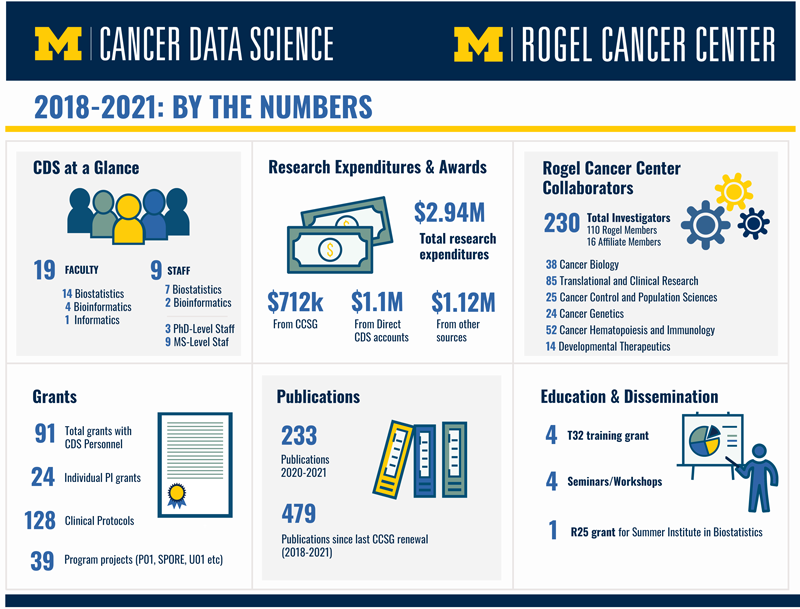Are Cds Physically Settled?

Introduction
Credit Default Swaps (CDS) have become critical instruments in the global financial markets, allowing investors to manage credit risk effectively. As financial products evolve, understanding their settlement mechanisms becomes essential for both investors and market participants. One common question arises: Are CDS physically settled? This article will delve into the nuances of CDS settlement, exploring the differences between physical and cash settlement, and highlighting their implications for risk management and trading strategies.
What Are Credit Default Swaps (CDS)?
Credit Default Swaps are financial derivatives that allow one party to transfer the credit risk of a third-party entity, typically a corporation or government, to another party. Here’s how they work:
- Protection Buyer: The investor who seeks protection against default.
- Protection Seller: The entity that assumes the risk of default in exchange for a premium.
- Reference Entity: The third party whose credit risk is being traded.
CDS can be used for various purposes, including hedging against credit risk and speculating on credit quality changes.
Types of CDS Settlement
The settlement of CDS contracts can occur in two primary ways: physical settlement and cash settlement. Understanding these settlement mechanisms is fundamental to grasping how CDS operate within financial markets.
Physical Settlement
In a physically settled CDS, if a credit event (like default) occurs, the protection buyer delivers the underlying asset (usually bonds) to the protection seller in exchange for the face value of the CDS. Here are key points about physical settlement:
- Asset Transfer: The actual transfer of the underlying bonds or obligations.
- Risk Management: This method allows the protection seller to take ownership of the asset, which can be beneficial if they believe the asset has recovery value.
- Market Dynamics: Physical settlement can increase the liquidity of the underlying bonds, as they are now held by the protection seller.
Cash Settlement
Conversely, in a cash-settled CDS, the protection buyer receives a cash payment based on the market value of the reference obligation post-credit event. Key characteristics include:
- Simplified Process: No need to transfer physical assets, making the process quicker and less cumbersome.
- Market Valuation: The cash amount is determined by the difference between the face value of the CDS and the market value of the underlying asset.
- Less Risk for Sellers: Protection sellers do not have to manage the underlying assets, which can simplify their risk exposure.
Key Differences Between Physical and Cash Settlement
Understanding the differences between these two settlement types is crucial for risk assessment and trading strategies:
| Feature | Physical Settlement | Cash Settlement |
|---|---|---|
| Asset Transfer | Yes | No |
| Complexity | More complex due to asset transfer | Simpler and quicker |
| Risk Management | Allows sellers to hold the asset | Focuses on cash flow without asset management |
| Market Impact | Can enhance liquidity of the underlying assets | Relies on market valuation post-default |
Implications of Settlement Types
The choice between physical and cash settlement has significant implications for traders and investors:
- Market Strategy: Investors may prefer physical settlement if they anticipate recovery value in the underlying assets. Conversely, those seeking liquidity may favor cash settlement.
- Risk Assessment: Understanding the likelihood of a credit event and its potential impact on asset value is vital for determining the preferred settlement method.
- Regulatory Considerations: Different settlement types may attract varying regulatory scrutiny, impacting how institutions manage their portfolios.
Real-World Examples
To illustrate the practical implications of CDS settlement, consider the following cases:
-
Lehman Brothers: During the 2008 financial crisis, many CDS contracts were physically settled, leading to significant asset transfers that influenced the market dynamics of distressed securities.
-
General Motors: In 2009, when GM filed for bankruptcy, many CDS contracts were cash-settled, reflecting the rapid valuation changes and the need for liquidity amid a volatile market.
Expert Insights
According to financial analysts, the choice between physical and cash settlement often depends on market conditions and individual investment strategies. "In times of market uncertainty, cash settlement can provide a more straightforward way to manage risk," says finance expert John Doe. "However, physical settlement may be more appealing in stable markets where asset recovery is plausible."
Conclusion
In summary, Credit Default Swaps can be settled either physically or through cash, each with its advantages and implications for risk management and trading strategies. Understanding these mechanisms is essential for investors looking to navigate the complexities of credit markets effectively. As you consider your options in CDS trading, reflect on your strategy and risk appetite, and choose the settlement method that aligns best with your financial objectives. Whether you lean towards physical or cash settlement, being informed is the key to making sound investment decisions in the ever-evolving landscape of credit derivatives.



Comments ()